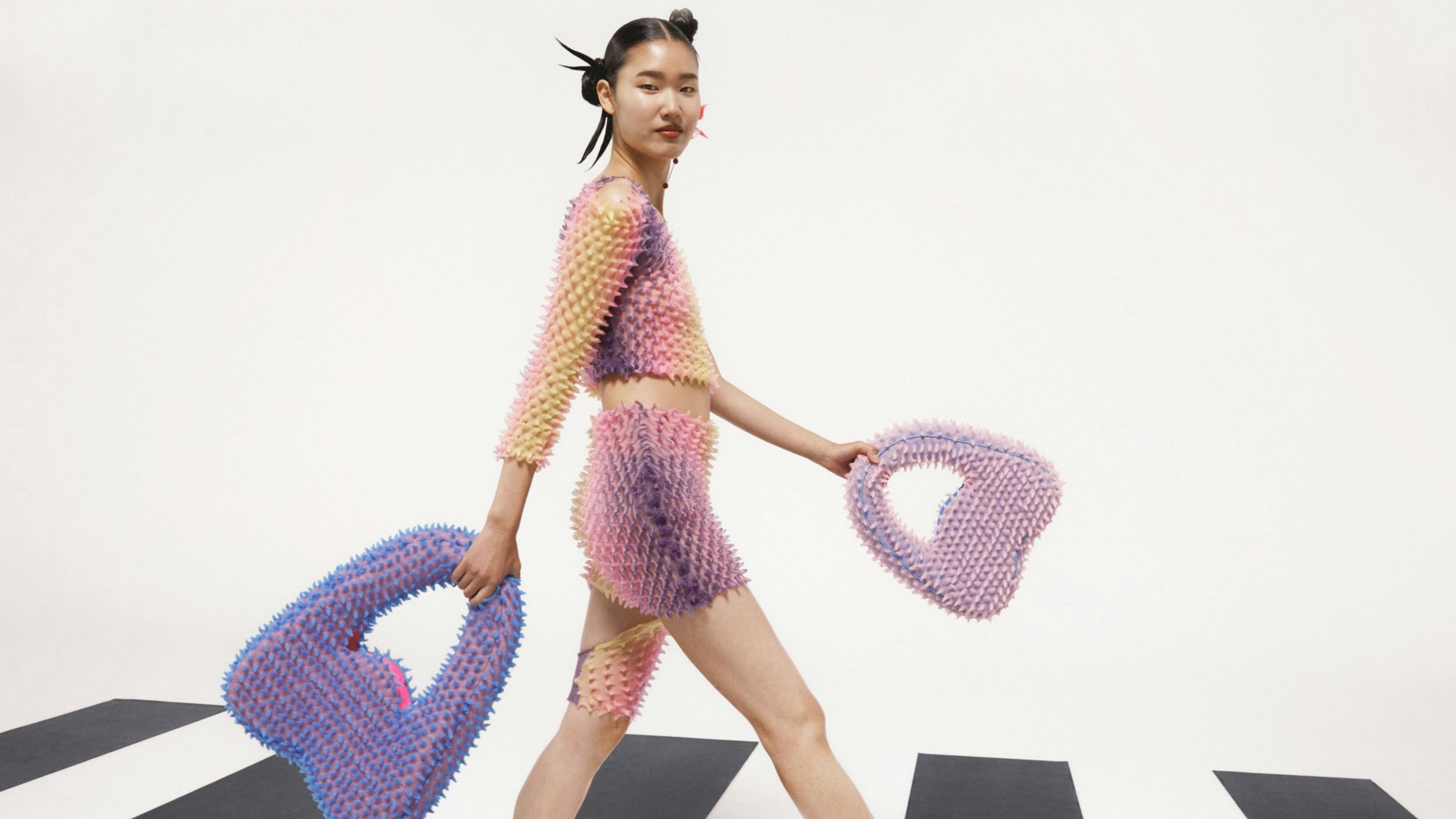What happened
Chinese American designer Chet Lo has called out fast fashion conglomerate Hamp;M for copying his designs. Lo, a graduate from Central Saint Martins, has secured a cult following for his knitwear innovation seen in tactile and colorful garments which retail for up to £800. The counterfeiting was pointed out by the online account Diet Prada. Ironically, these alleged knock-offs are part of the retailer’s “Conscious” line.
Addressing the growing online speculation and backlash, the London-based designer responded: “As a small brand and queer POC independent designer, I have worked incredibly hard to produce something that was based off my heritage … I have always based my designs around my own personal experiences and I feel that it can be seen in my work.” Hamp;M has yet to comment.
The Jing Take
From the High Street to high-end, the fashion and luxury industry is rife with accusations of plagiarism and independent designers seem to be fair game for a rip-off. In that regard, Hamp;M is no different. But it could certainly do without the controversy.
In the past, Hamp;M was more known for giving Chinese labels a platform than stealing their ideas. In 2015, it announced Ximon Lee as the first menswear winner of its Design Award. Then it tapped local Gen Z hero Angel Chen in 2019 for a 4-piece capsule available in Asia and Canada. This was followed by a collaboration with local duo Pronounce in the premium streetwear collection Blank Staples in 2021. So, why the turnaround?
Chinese disruptor Shein, now worth 100 billion, larger than Zara and Hamp;M combined, is repeatedly in the headlines for trawling Western social media to find smaller names to copy. What’s markedly different here is the tilt eastward: Lo is one of the first designers of Chinese heritage to be copied by a big global fashion company. This is a massive indicator of the spending power and creativity on offer from young mainlanders.
The Swedish giant has had a difficult few years in China due to the fallout from the Xinjiang cotton crisis. At the beginning of 2022, it unveiled its first menswear concept store in Beijing to a stark lack of fanfare: as local media described, it was hard to tell that a new location had even been built. Faced with this, Hamp;M should revert back to its original tactic when it comes to China — celebrating not counterfeiting.
The Jing Take reports on a piece of the leading news and presents our editorial team’s analysis of the key implications for the luxury industry. In the recurring column, we analyze everything from product drops and mergers to heated debate sprouting on Chinese social media.

